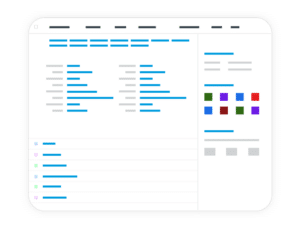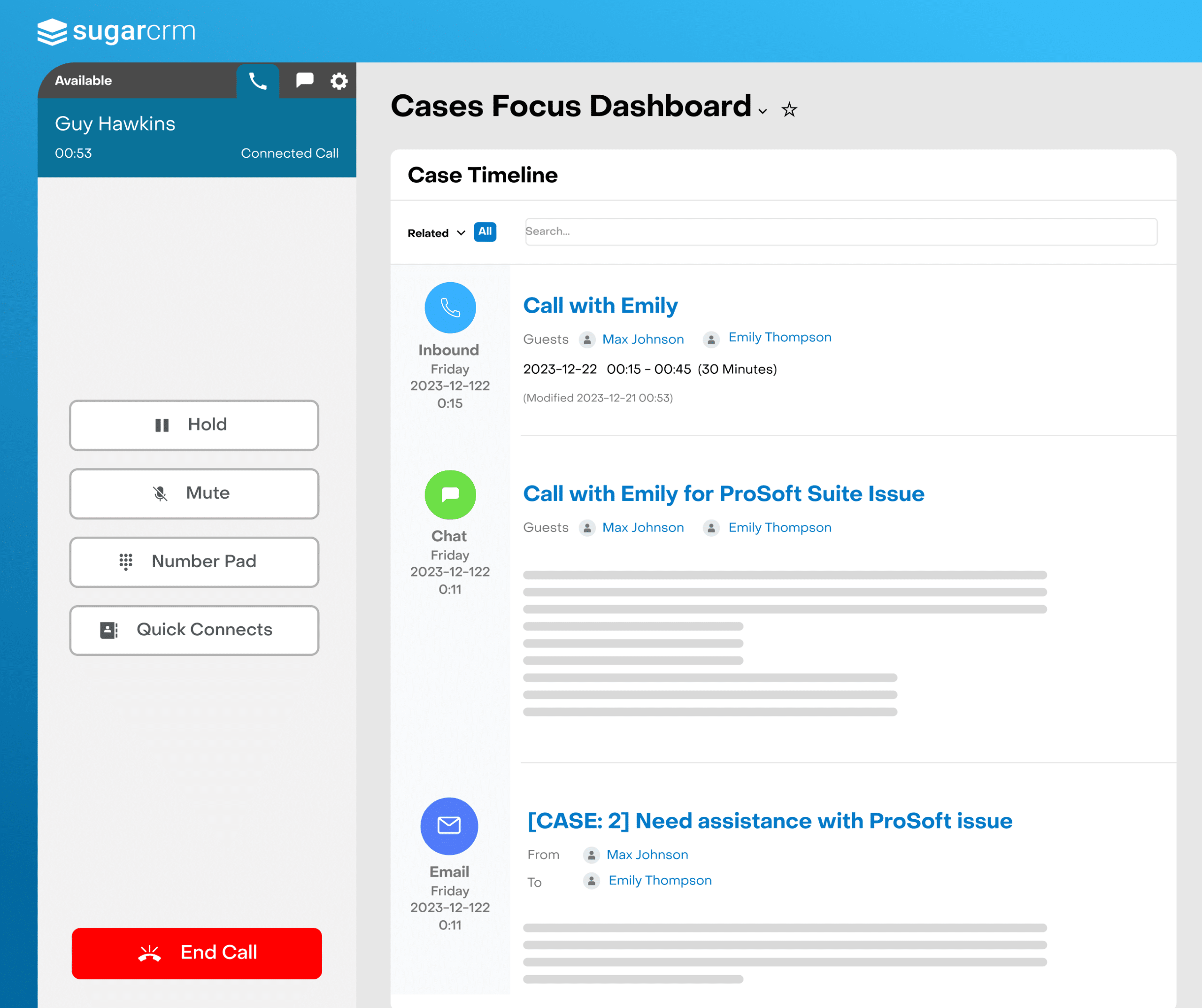Best Tactics to Refine Your B2B Buyer Personas
The information we get to see daily is more tailored now than ever, decreasing our attention spans and our patience for non-relevant content. This makes it increasingly important for businesses to deliver the right message at the right time and to the right people.
In response, companies must create B2B buyer personas to discover who their customers are and what matters to them. It’s essential to know how to talk to your customers and prospects, what to say, and when to say it. As you begin to understand your audience and familiarize yourself with their personas, you’re able to craft targeted content that keeps them engaged.
Creating Buyer Personas
Creating buyer personas can be a tempting step to skip when you put a strategy in place, as you might consider you already know your audience. Do not fall for this misconception because creating buyer personas is a strategic tool that guides your marketing decisions and impacts your business growth.
You probably need more than one persona, especially if you offer varied services, and you must understand them individually as you need a different marketing approach for each of them.
The first step in defining your persona is to investigate your existing CRM data. Digital technology now creates a unified vision of sales, marketing, and service teams, offering customer’s insights and behavioral tips to help you deliver relevant messages on demand.
Another method to define your buyer persona is to analyze your current audience, whether they are already your clients or just prospects in your funnel. Send them surveys or hold one-on-one interviews if you have the chance. You should be able to notice and configure some trends and patterns in your persona responses.
Since a B2B purchase commonly involves multiple people within an organization, we’ve compiled three different approaches to help you build your buyer persona depending on your targeting: business persona, department persona, or role persona.
Target Business Personas
The first step in organizing your data is classifying information based on a broad range. Start with areas like firmographics, goals, and objections that might arise and the best way to overcome them.
When you consider firmographics, you should establish:
- Where is the company located?
- Does the company operate nationally or globally?
- What is the company size?
- What is the annual revenue range of the company?
- What is the industry vertical?
- What is the company layout? Is it a subsidiary? Is it a startup?
When thinking about your clients’ goals, you should ask:
- What are the long-term goals of the company?
- What metrics are most important to the C-Level leadership?
- What are the biggest barriers to success?
You should then focus on their objections and their perception of value. Point out your shared values and how your company stands for something they might find attractive and compelling. It helps you adjust your strategy, address their needs best, and offer them a unique customer experience. You must take this final step after each persona targeting, whether a business persona, department, or role persona.
Target Department Personas
Consider targeting department personas if you want to narrow it down and have a more specific and focused approach. You must ensure you offer your services or product to the business department who needs it the most.
Firmographic details that you should be aware of:
- What is the title of the department?
- What is the size of the targeted team?
- What are the department’s responsibilities?
In terms of departmental goals, you must know:
- What are the department’s long-term goals?
- What metrics are most important to the department?
- What are the biggest barriers to success?
You may want to look into their information sources. This means you should ask:
- What level of technical expertise does the department have?
- How much does the department rely on technology in the workplace?
- Which tools?
Identify pain points and what prevents the department from achieving its goals and what are its challenges or underlying frustrations. Possible scenarios:
- Relying on multiple tools for a specific task.
- Lack of quality/not enough workforce
- Too much to do, not enough time.
Target Role Personas
Role personas are the most specific form of addressing. Each contact person plays a particular role in the buying process, which is often separate from their role within the company.
Demographics details that you should use when targeting:
- What is their job title?
- What department do they work in?
- What are their responsibilities?
Regarding the goals that motivate the role within the company, you might get some direction by asking:
- What are their long-term goals?
- What metrics are most important to them?
- What are their biggest barriers to success?
Important information sources that you might want to consider:
- What level of technical expertise do they have?
- How much do they rely on technology in the workplace? Which tools?
- How do they consume information? Social, Search, WOM?
What are the pain points that might become activity blockers? This is a great help when you want to offer a competitive solution based on your unique position to address these pain points and solve them.
- Relying on multiple tools for a specific task.
- Lack of quality/not enough workforce
- Too much to do, not enough time.
Closing Thoughts
Defining buyer personas might be time-consuming, and after the initial setup, you must keep up with market trends. You might need to refine and re-establish criteria to keep them effective.
When correctly targeted, buyer personas enable sales and marketing teams to focus on these specific types of customers. By developing insights into buyer personas and sharing them, your company will clearly understand what is most likely to resonate with prospects. Effective marketing to buyer personas drives advocacy, leads, and opportunities—ultimately increasing your ROI.




